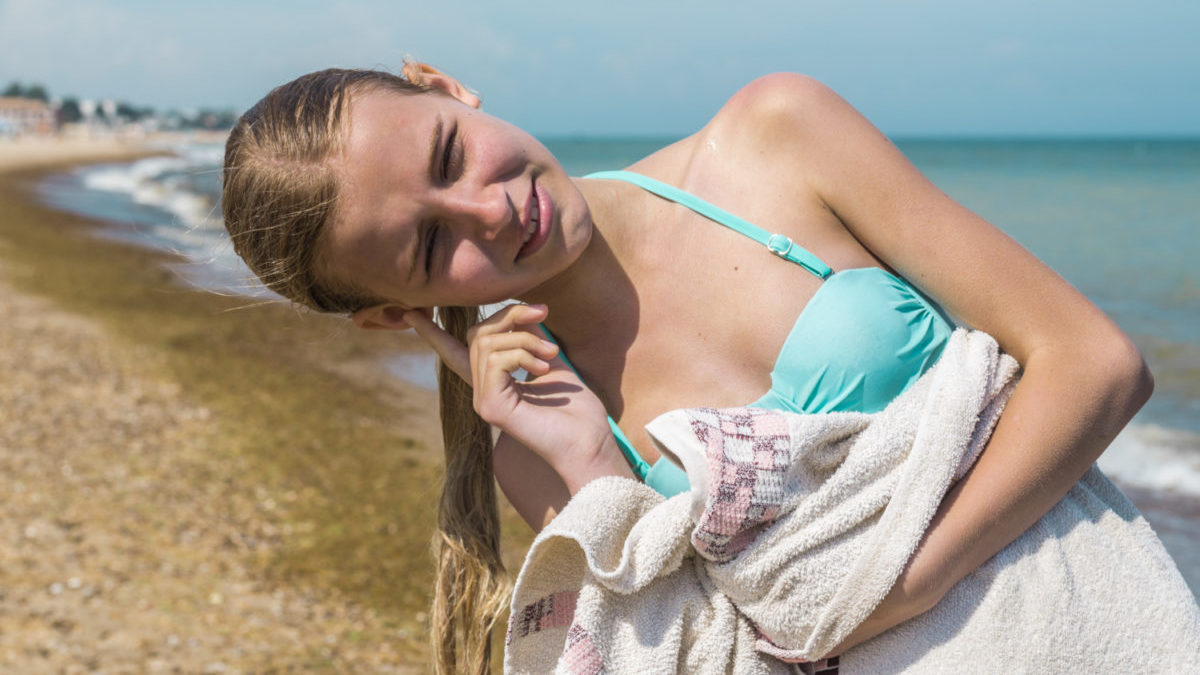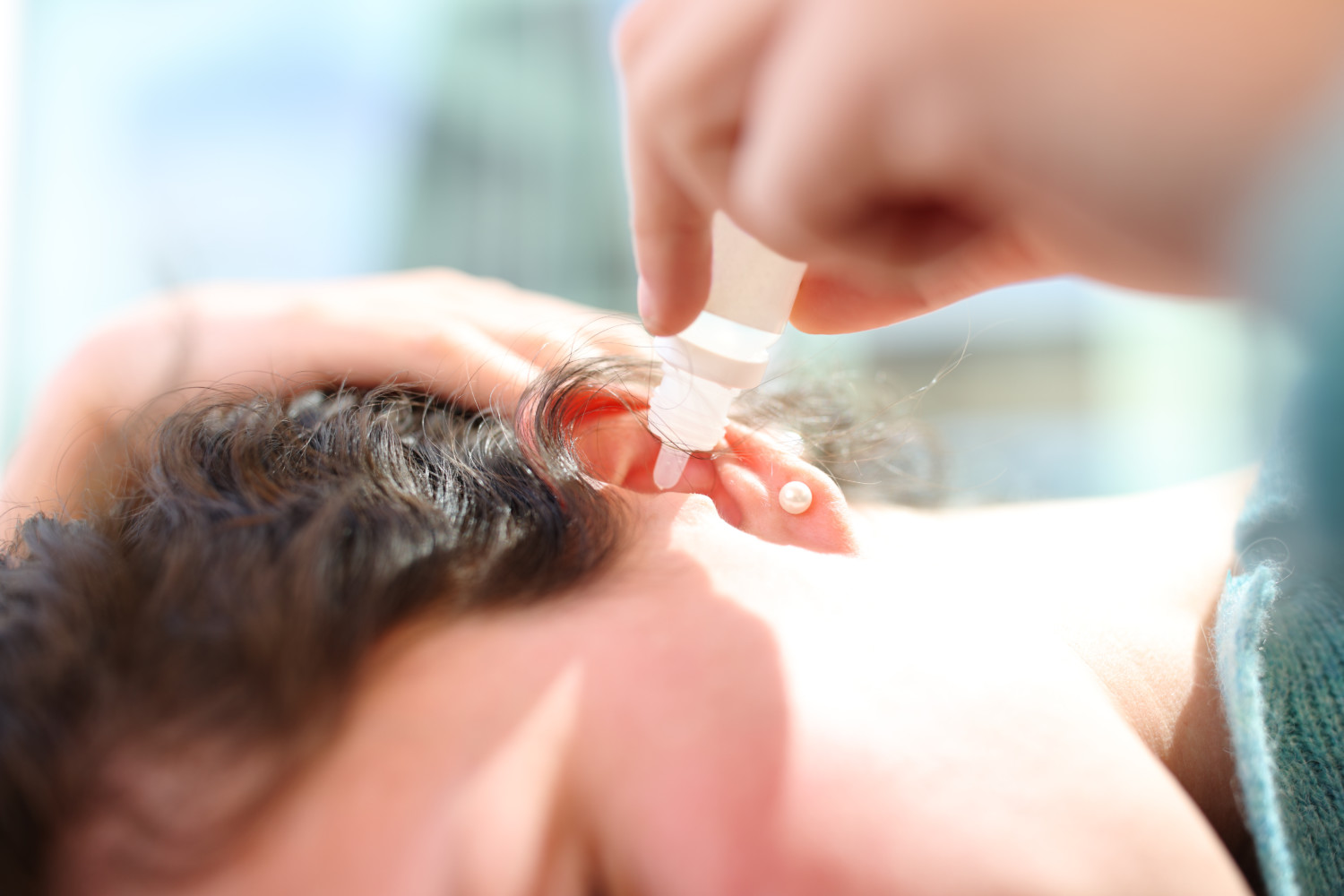How to make homemade swimmer’s ear drops

Otitis externa, more commonly known as swimmer’s ear, is a painful infection of the outer ear canal. It is typically caused by water remaining inside the ear after swimming, showering or bathing. The damp environment helps unhealthy bacteria grow, leading to infection.
However, it can also be caused by putting objects in the ears, like cotton swabs or fingers. An infection can occur when the thin layer of skin lining the ear canal is damaged.
Symptoms of Swimmer’s Ear
According to the Mayo Clinic, swimmer’s ear tends to start mild and can include the following symptoms.
- Ear canal itching.
- Slight redness in the ear.
- Slight pain that worsens when pulling or pushing on the ear.
- Clear, odorless drainage from the ear.
Without treatment or if the infection spreads, signs of swimmer’s ear can worsen and may include the following:
- Intensified itching, pain, redness and drainage.
- Feeling of fullness in the ear.
- Decreased or muffled hearing.
- Redness or swelling of the outer ear.
- Swollen lymph nodes in the neck.
- Fever.
How To Treat Swimmer’s Ear With Homemade Drops
If you go to the doctor with swimmer’s ear, they will typically typically treat it with antibiotics to fight the infection. The antibiotics can be given as pills or eardrops. However, you can also try a homemade remedy using common household ingredients, according to University of Iowa Health Care.
Simply combine equal parts rubbing alcohol and white vinegar and apply two to four drops of this solution into the affected ear. When the alcohol combines with the liquid in the ear, it helps it evaporate. In addition, the vinegar prevents bacterial growth. If you have an empty bottle of eye drops, you can fill it with the solution to make it easier to apply.
The Mayo Clinic says you can also use the drops before swimming to prevent swimmer’s ear, which is a great idea for people who experience regular infections. Wearing earplugs in the water and even blow-drying the ears after swimming can also be helpful.
Contact your healthcare provider if you or your child experience severe pain or fever along with swimmer’s ear.







